ScienceXplosion - The Era of the Air Pump
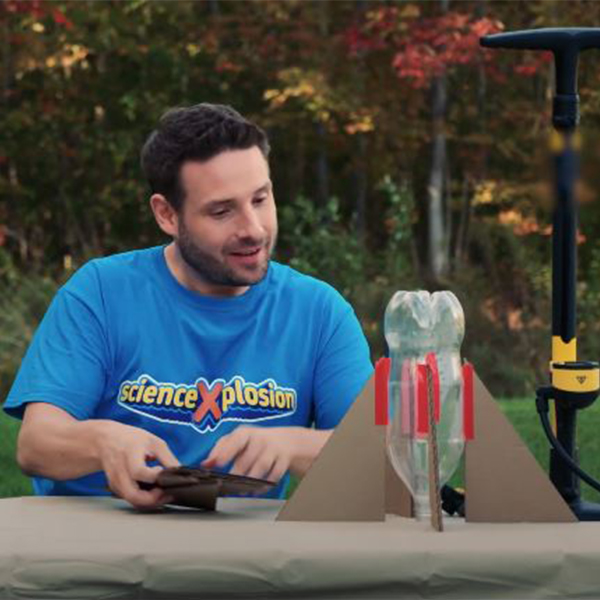
Eric and his rocket

Eric and his rocket
How does this align with my curriculum?
On this episode of ScienceXplosion, Eric makes a bottle rocket.
BACK TO THE SCIENCEXPLOSION HOME PAGE
Now it's your turn! Build your own air rocket
Use a pop bottle and other everyday materials to create a rocket that you can launch outdoors.
Safety First
Never fire a bottle rocket in the direction of another person, especially someone’s face.
WHAT DO YOU NEED?
- 600 mL pop bottle
- Pencil
- Plasticine
- Cotton swab (e.g. Q-tip)
- Scissors
- Scrap paper
- Drinking straw (ideally a disposable cardboard one)
- Tape
- Circle tracer (or use a round object to trace one)
WHAT DO YOU DO?
- Roll the plasticine into a “walnut”-sized ball and press down with the heel of your hand to flatten.
- Place the plasticine across the opening of the bottle. Mold it around the outside of the bottle’s opening to form a seal.
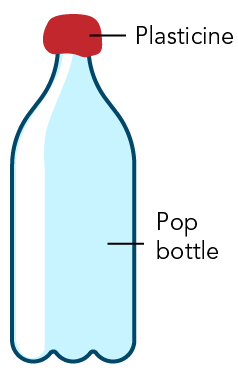
- Poke the straw through the plasticine so that half of the straw is outside the bottle and half of the straw is inside the bottle. Mold the plasticine around the straw.
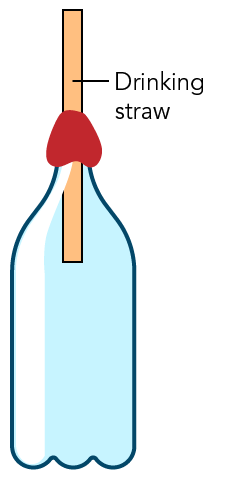
- Trace a circle that is 5 cm across on the paper. Cut out the circle. Then cut along a line to the centre of the circle.
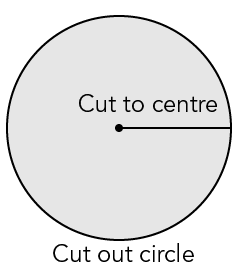
- Fold one flap over the other to form a cone. Use a small piece of tape to hold the paper cone together.
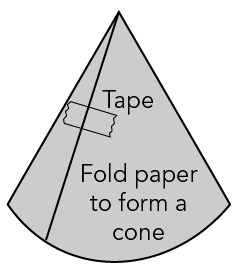
- Cut a small hole at the point of the paper cone and fit the head of a cotton swab head through it.
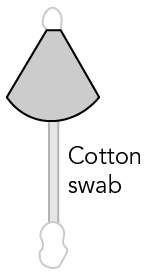
- Place the cotton swab with its attached paper cone inside the top of the straw.
- Point your rocket away from yourself and other people and give the bottle a hard squeeze.

WHAT'S NEXT?
- Measure how far your rocket can fly.
- Make a target for your rocket. See how closely you can get your rocket to the centre of the target.
- Listen for the terms “high pressure” and “low pressure” in a weather report.
WHAT’S THE POINT?
There is air inside the bottle before you squeeze it. And this air takes up space. When you squeeze the bottle, you are also squeezing the air inside the bottle. Air does not like to be squeezed, so it tries to move to an area where it isn’t squeezed so hard. In this case, that place is outside the bottle. When squeezed, the air rushes out through the straw and causes the rocket to push away from the bottle and “take off!”
Did you know?
Another word for squeezing is compression. When the air is squeezed hard, it is said to be compressed.
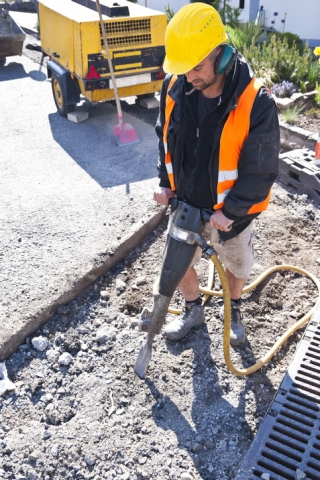
Compressing air can be used to store and transfer energy. In this experiment you used energy from your muscles to compress the air. The energy is released when your rocket flies off. Similar principles are used in many tools and machines that use an air compressor. We use the term “pneumatic” to describe the tools and machines that use compressed air to do work.
WHAT ELSE?
-
How do vacuum cleaners work? - Discover the type of pressure that is used in a vacuum cleaner.
With over 20 years experience, GAPC Entertainment’s team creates stories with power, creativity and reach. GAPC Entertainment is a vibrant Canadian production company with a passion for creating quality programming for national and international audiences on all platforms.
GAPC Entertainment produces creative, diverse, and compelling content across most genres, including performing arts, biopics, science, history, drama, and award-winning children’s educational programs.
